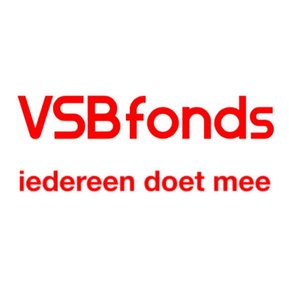LEVENSLANG
visual essay
The exhibition was held in a former school in East. Now the school is used as a creative space: Lokaal Lokaal. LEVENSLANG took place in the former bicycle cellar of the building. A dark, gray space whose feeling of space fits seamlessly with the theme of LEVENSLANG; the trapped feeling.
The story of LEVENSLANG is told through something we call 'the script'. The script is divided into four segments: an introduction to the script, the hidden script, flip the script and the public script. The exhibition space is divided in the same way. Each part of the story was translated into a spatial design.
Getting to know yourself as part of a bigger system in a society that is heavily individualized is the key to creating space for your own needs, is the argument in LEVENSLANG. To raise awareness for the system of prescribed social rules and their emotional implications for the individual, this exhibition is a social, spatial design to show how we create traps and how we can feel caged. Based on anthropological research, an audio installation and a soundscape function as the main narrative of the exhibition that took place in an old and dark bike shed. As a walk-in essay, the visitor explores throughout the exhibition a scientific argument, more so than being focused on the work of the artists as isolated stories.
Through a found footage film that captivates the experience of imprisonment through social systems, the installation hidden script - exploring ideologies -, work of other artists who break the normative frame - called flip the script -, a light installation going by the name public script - symbolizing a micro-version of society -, and finally take-away meditations to guide you into a deeper understanding of the nurtured Self, the visitor gets familiar with their own worldview and starts to understand the creation of normative frames through belief systems.
Check out our performance at the Pakhuis de Zwijger live show here.
LEVENSLANG opened in 2021 autonomously, was part of the line-up of ADE and is a project by Jikke Lesterhuis and Merel Raats.
Context
LEVENSLANG is a place where content and context are created as a natural flow out of research and societal situations. After observing the current societal hurdles in personal mental health and critical collective thinking, we decided to create a safe space for people to reflect on their personal wellbeing and give them tools to set themselves free. After a while, this will also pay off in societal ideologies that in the end keep on creating our worlds. An example of this is thinking about sexuality, where Christian throughs are still leading in heteronormative thinking. By visibility of the diversity in individual experiences of sexuality, the world will become less normative and more diverse. Concluding, LEVENSLANG is an exhibition in service of the societal needs and by that becomes an independent event made my two artist-curators - an initiative led in New York in the 1960s when artists started using temporary places for their practices and shows, creating an independency as much as possible to remain far away from the commercializing of art and artists.
LEVENSLANG is, because of this focus on the societal need, using art as a form of social practice. Socially engaged practice describes art that is collaborative, often participatory and involves people as the medium of the work. For us being socially engaged means that our art is in service of the societal situation and a medium to effect the individual. By using participatory installations we engage with the audience who we want to support in their needs.
Using multiple installations we create more so an environment, a spatial design. By making this in same sizes as the human body we try to create a bodily experience for the visitor. It is a unified experience, rather than a display of artworks. As Ilya Kabakov said: 'The main actor in the total installation, the main centre toward which everything is addressed, for which everything is intended, is the viewer'. This is an emerge out of environments created by artist around 1960's when sound and light started taking a more prominent place as well.
We collaborate together with artists in our exhibition that are thematically relevant. The artists we work with are:
In our climactic part of the exhibition, we make use of light as our main focus. By using the body of the visitor as the influencer of the work, and by that the creator, it makes it participatory art. The audience is directly engaged in the creative process so they become participants in the event. In our case, this means walking and being will right away immerse this situation.
By opening up the gates on our own terms, we create relational work that is not an object to look at, but an exhibition that is wholesomely in continuous dialogue with the artist and visitor. It broadens the perspective of what art is and when an artist becomes one. By working together with people who feel strongly about the societal content of the exhibition, the concept of art is renewed. It is now more so a medium that is an interdependent result of the content. Society and the art-world benefit from this independent approach. We practice what we preach, we don't stay in the borders of the expected and normative path with our form of exhibiting but reframe societies narrative and believe in the lesson we give people. We flip the script.





